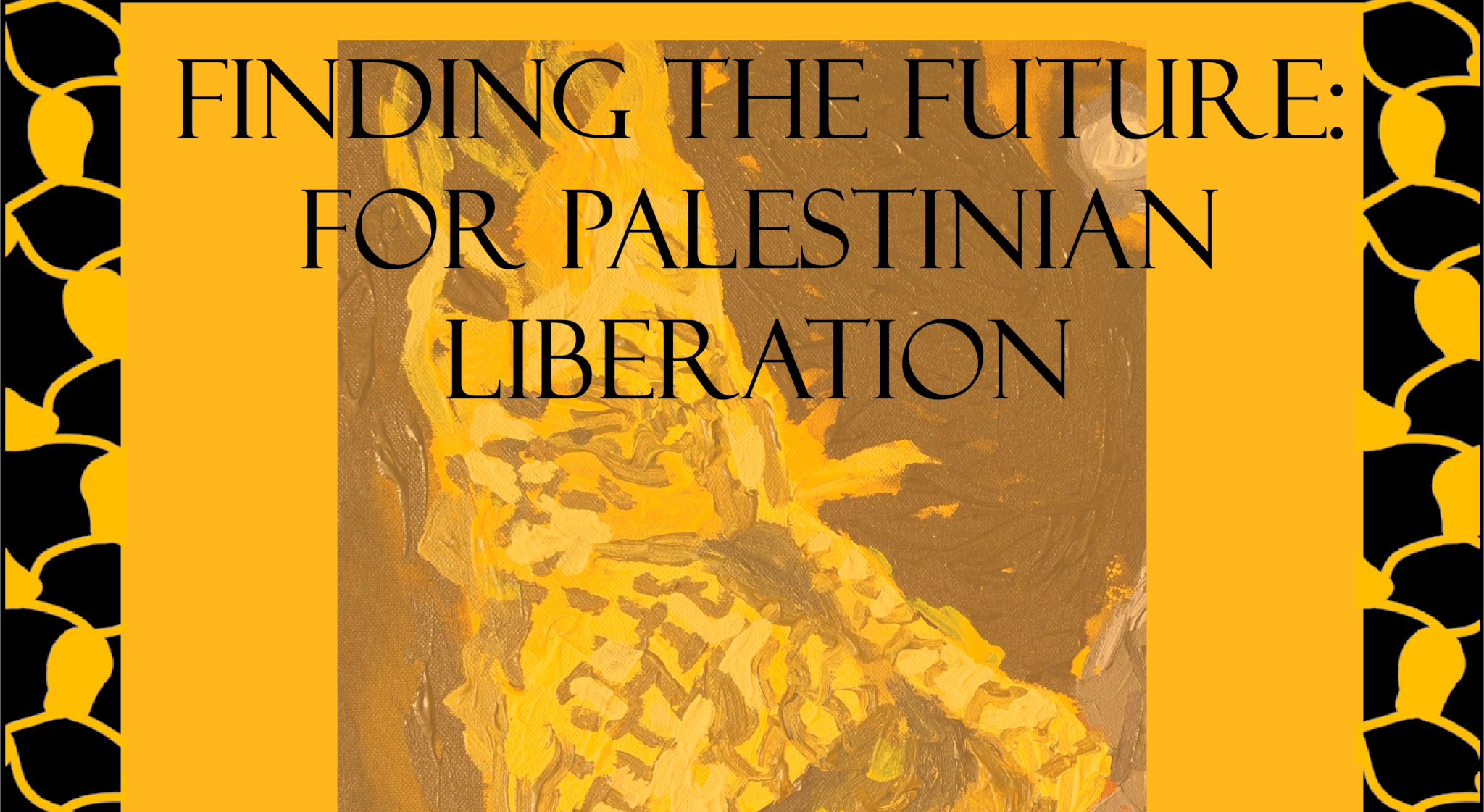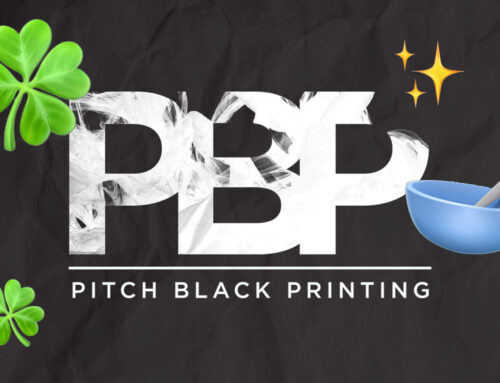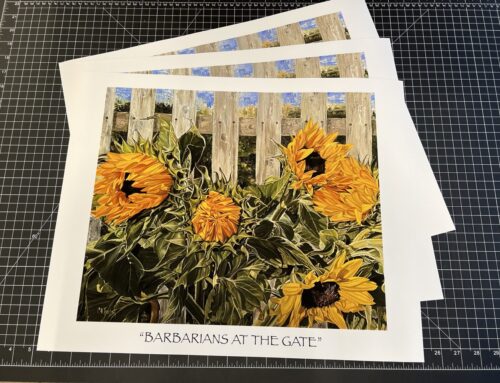
Interview with an Artist: Aiyana Graham’s Solo Exhibition
Aiyana Graham (they/them) is a painter, sculptor, fiber artist, and educator; they were a 2024 recipient of The Nevada Undergraduate Research Award for their work in transgender and disability studies. Graham’s art revolves around the body as a site of queer, trans, racial, and disability issues and focuses on highlighting the complex lives of marginalized people through embodied surfaces. They graduated from the University of Nevada, Reno with a Bachelor of Fine Arts in Painting and a Bachelor of Arts in Women’s, Gender, and Sexuality Studies. They currently work in Las Vegas, Nevada.
Where are you from, and how does that affect your work?
I was born in Farmington Hills, Michigan, but have been raised in Las Vegas, Nevada since age 2. I think that being raised in a suburb in Vegas gave me a lot of privileges related to being a queer/trans person. Growing up in a suburb in a large city meant that the people around me were relatively liberal. There were lots of queer kids in my high school and a few trans ones as well (and plenty more that realized they were queer or trans after high school), which allowed me to have a fuller understanding of queerness at an earlier age. Where I went to high school was also particularly influential because the teacher that I had for history and government in my junior and senior years of high school, Mr. Gallagher, made a consistent and clear effort to impress upon us how important politics were to the average person; he was also a safe adult for queer and trans kids to be around, forming my interest in queer history as I graduated high school and entered college. Despite his efforts, there were obvious gaps in his ability to teach queer history as a straight man, and this led me to take up an interest in queer history to fill those gaps. My eventual enrollment in and graduation from UNR’s Women’s, Gender, and Sexuality Studies program was a direct result of my admiration for his teaching and a desire to learn more. I definitely would not be where I am today without him.
Explain what you do in 100 words.
I am an artist who uses tools of writing, speaking, and education to communicate messages on complicated subjects. Typically, a theme of my work is asking the viewer/audience to consider a perspective that is not their own. Even if their perspective is similar, they likely do not often consider the exact same things I am asking them to spend more time thinking about. Topics that I ask people to consider more intentionally include themes of gender, disability, sexuality, race, and more. I want people to understand that a lot of the time, they are making an assumption about a category of person before they are even consciously thinking about that person. My work uses bright colors and alluring textures to ask people to stop, slow down, and consider what they are assuming about another person’s identity, or, alternatively, what they have not considered about another person’s experience.
Who are your biggest artistic influences?
Frankly, I have a difficult time naming direct artistic influences, as most of my conceptual influences come from queer, trans, and Black feminist theory. Some artists I enjoy, however, are Park McArthur, Martin O’Brien, Carolyn Lazard, and Fabian Chairez. The first three artists are disabled artists who work largely in performance or installation (which is common in disability art). Martin O’Brien in particular is an artist that I learned about when I was first exploring disabled artists in a formal sense, and he is one that I always think of when asked about influences.
Where do you find inspiration?
As briefly mentioned previously, queer, trans, disability, and Black feminist theory (respectively). I find these theories fascinating because they are able to explain relationships between complex parts of people, like gender and race, for instance. Authors that I take a lot of inspiration from are Siobhan Somerville, Jose Esteban Munoz, Jennifer C. Nash, Allison Kafer, and Judith Butler. All of these people are invested in explaining and navigating the historical and current relationships to things that sometimes feel like they have no explanation. Something that is communicated through multiple of these authors’ writing is the idea that in order to build a better present, we need to imagine a better future, a reality that does not currently exist. My work often operates in that space, combining elements of the present to show ways that we can imagine a better future and generate compassion for both ourselves and others.
Describe how art is important to society.
Art is important to society because it is something pretty much everyone can do. To reference a Tumblr post I once saw: it comes free with your existence. A lot of things we do today are things we do in order to survive in capitalism, like work 9-5s and pay bills. Art is one of the few forms of work that humans do that we would do whether or not we had car insurance or student loans to pay or inflation to worry about. Art is also important because it is versatile: it can communicate ideas with or without language to any person in the world, and is relatively accessible. Institutions like universities or concepts of “good” art make it less conceptually accessible, but literally anybody can make something. Despite enjoying writing, one of the reasons I make art is because it can feel a lot less complicated to look at a picture that asks you to consider something than it would to read a whole book that has theories about how and why change needs to happen. Both can be equally complicated, but it often does not feel that way from an early age.
How do you develop your art skills?
Practice, practice, practice. You don’t have to think about it *as* practice, but the more you do something, the better you’ll get. And try new things. Almost everything I’ve ever painted is something I didn’t know how to paint before I made it. Never only do things you know how to do or know you’re already “good” at— you have to be bad at things to get better at them and push yourself out of your artistic comfort zone. It’s how I found painting and every other art medium I now enjoy.
What motivates you to create?
I don’t know exactly how to put it in words; it’s like a drive or direction, a need. If I don’t make art, then it feels like a section of my life is missing, and the distress that that creates seeps into other parts of my life. In short, I have to paint or make art, and if I don’t I feel real bad. I think it’s probably partially because I use art to explore parts of myself and how they can be understood by others, but I didn’t always do that with my art. I think being an artist is something that helps me navigate existing, whether I want it to or not. Lots of artists talk about artist block, but after using college classes to teach myself how to make art more consistently, I don’t really think art block is a thing. I think it’s a name for feeling a lack of motivation that is more psychological than art related, or alternatively, a way to say, “I don’t know what to create or how or why to create it.” In response to that, I say, make literally anything.
In a more conceptual way, I am also motivated to make art because I think it is an accessible way to communicate ideas that people are more willing to accept. Obviously, people react poorly to art all the time, but a lot of the time, people’s reaction is much less important to me than their engagement. Creating art that people feel compelled to engage with is one way that I have found to engage people, especially those who are usually less willing to consider alternate perspectives with the same subject matter when it appears in conversation or writing.
Does art help you in other areas of your life?
Absolutely. With this exhibition in particular, Finding the Future: for Palestinian Liberation, it is something that has allowed me to find a personal way to attempt to pay respects to lives that have been loss due to genocide. Without being able to make this art that hopefully promotes understanding while also sharing actionable ways to help people, I don’t know if I ever would have figured out a way to memorialize this insurmountable loss. Obviously, these losses are not about *me*, but because I am the artist who is documenting them, it is inevitable that there is some level of relationship between me and the people that I am talking about; it is also one way that I can push others to action.
Graham’s show is on view in the Pitch Black Gallery at Pitch Black Printing co. until May 24th.




